The curious case of Cecil Beaton and Madame X
When he noticed an uncanny resemblance between John Singer Sargent’s painting of Virginie Gautreau and a Cecil Beaton portrait of Leslie Caron, Patrick Monahan called on the Hollywood Golden Age actress to investigate.
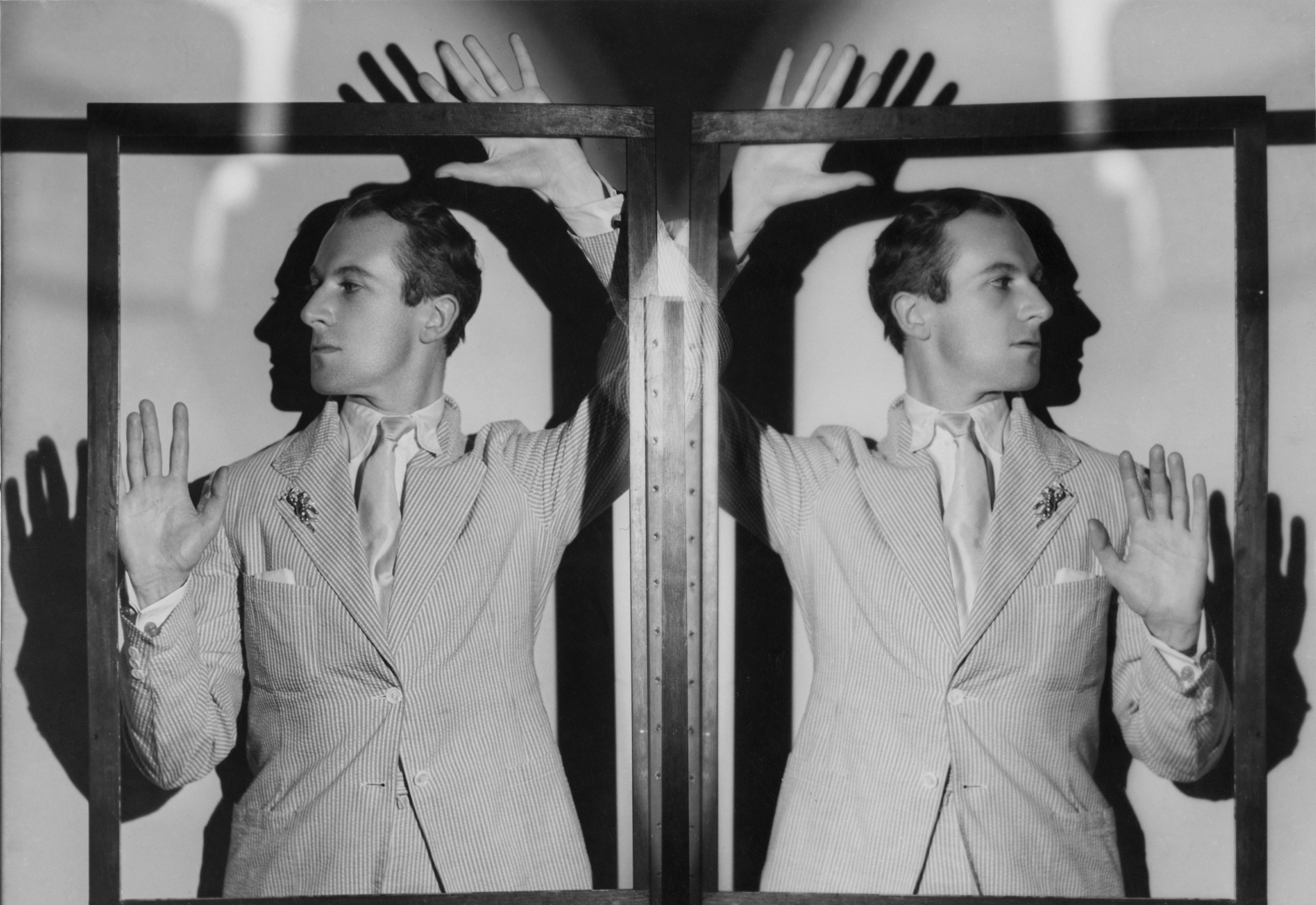
Remind you of anyone?’ I asked Leslie Caron one afternoon last summer. We were in her London sitting room, looking through the catalogue of the Metropolitan Museum of Art’s exhibition on John Singer Sargent and Paris, in New York (now at the Musée d’Orsay in Paris, France), and I had pointed out the artist’s most famous painting, Madame X. Caron eyed the portrait of a woman in a plunging black evening gown with all the curiosity of the young courtesan she played in the 1958 film Gigi. I watched her closely, waiting for her to notice the uncanny resemblance.
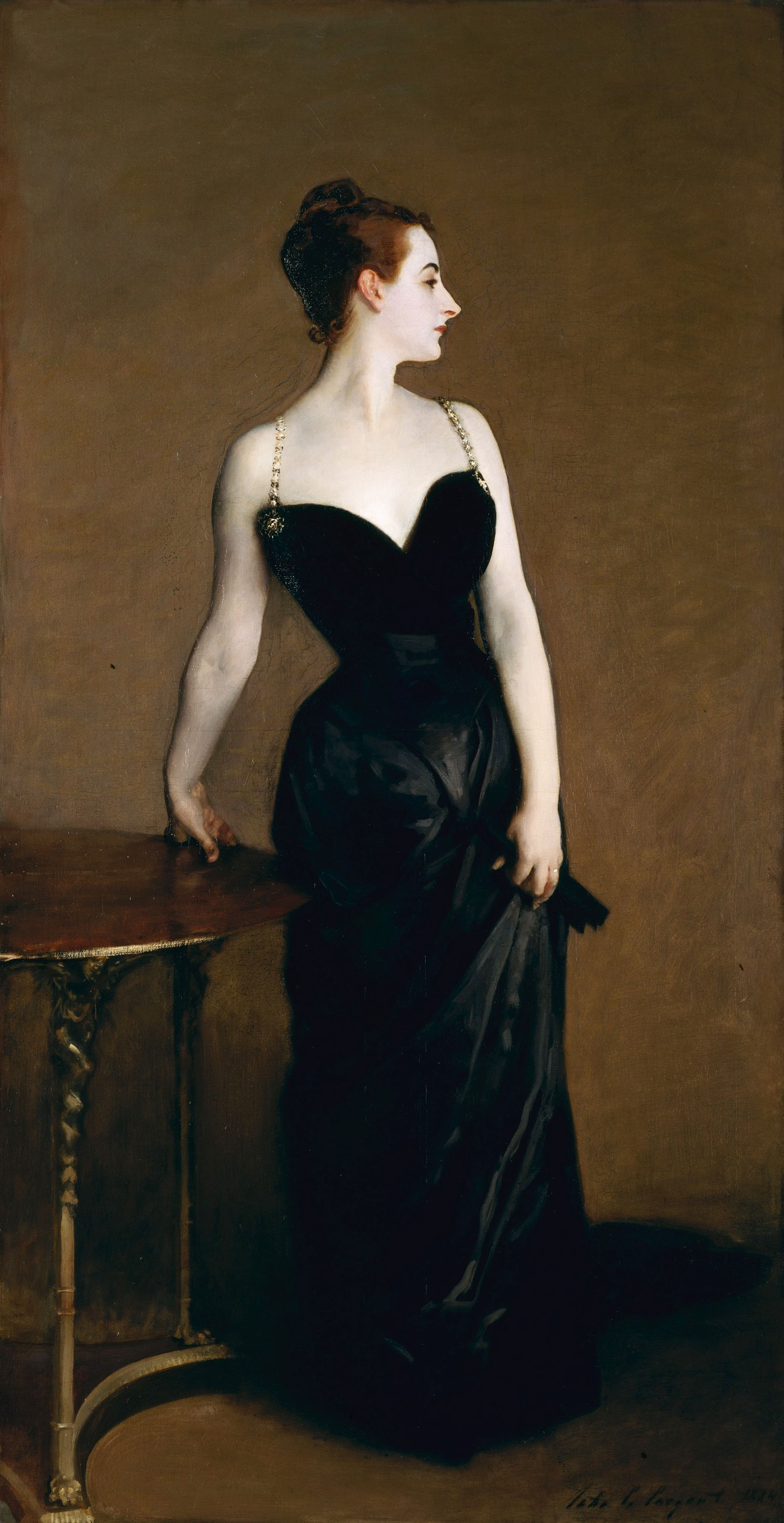
'Madame X' by John Singer Sargent, caused a scandal when it was first unveiled at a Paris salon in 1884.
It had struck me a few weeks earlier in New York, when I was standing before Madame X at the Met’s exhibition. Sargent had created the painting in 1884 as a stylised likeness of Virginie Gautreau, the New Orleans-born wife of a man in the guano business who was determined to conquer Paris. Fittingly, Sargent posed her like Michelangelo’s David in a dress, with a twisted wrist poised on a little round table and a gaze defying her foes in profile. He also placed a crescent moon-shaped pin in her hairstyle, a symbol of the Roman goddess Diana the Huntress. However, Madame X wasn’t only Diana, David or Virginie. To me, she was also someone else.
‘It’s you!’ I announced to Caron, who looked back at me surprised, until I took out a black-and-white photograph that Cecil Beaton had taken during the filming of Gigi (one of his images features in ‘Cecil Beaton’s Fashionable World’ at the National Portrait Gallery). Beaton had not only designed the film’s costumes and scenery, but also used the story of a young courtesan on the fringe of High Society — not unlike that of Gautreau — as his own paean to Belle Epoque Paris. During breaks in the filming, he would take Miss Caron away to create his own images — in this case, a shot of her at the legendary café Maxim’s in a sweeping white evening gown, one hand poised on a pedestal and head raised in profile. Even a crescent-moon pin was just visible in her coiffure. None of this was by chance. Beaton had already shown interest in Madame X when he sketched the painting for a chapter heading in his 1954 book The Glass of Fashion. He even titled it ‘Sargent’s Madame X’, as if he were planning to create his own version one day.
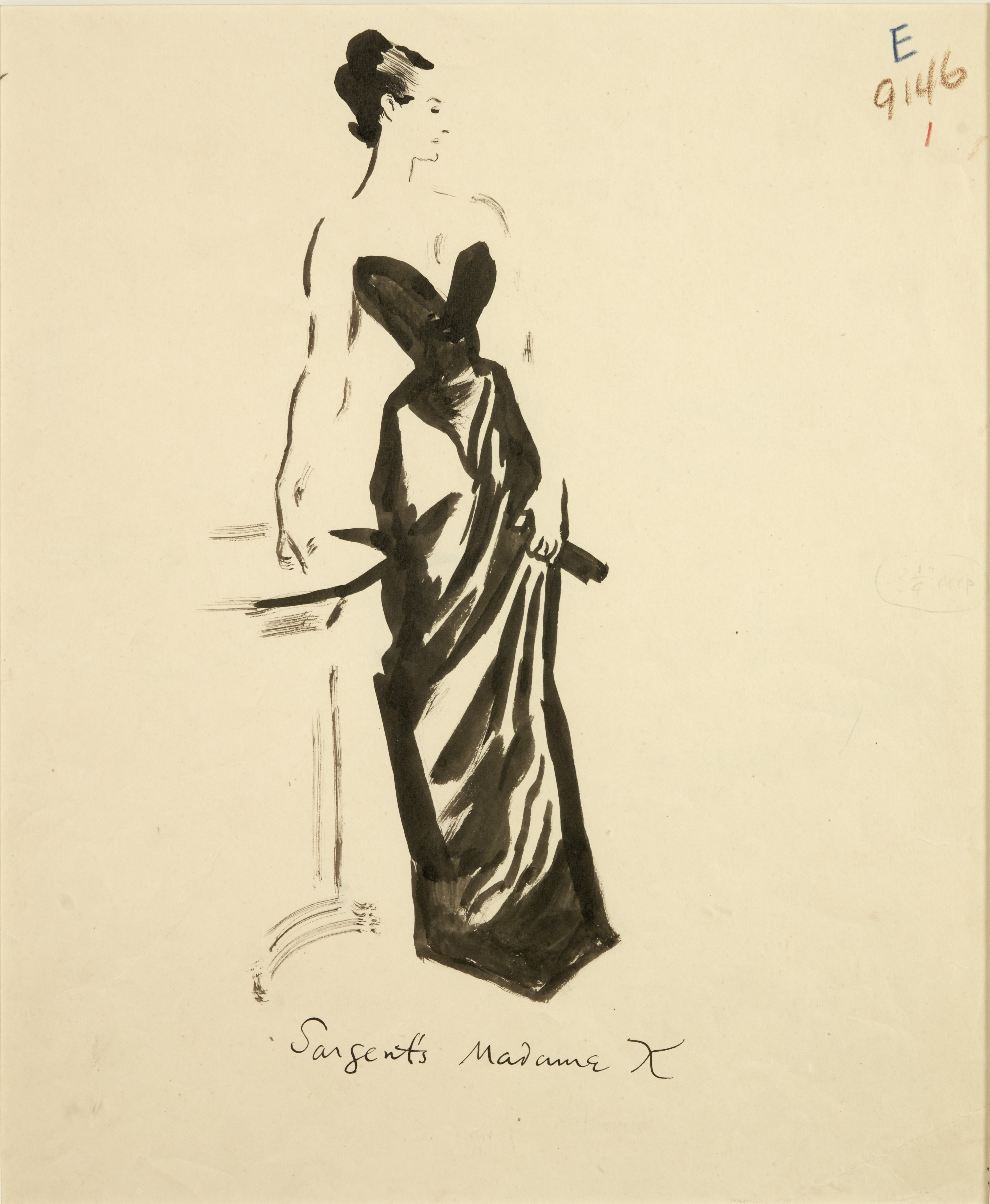
Cecil Beaton's drawing, after John Singer Sargent.
A post shared by Patrick Monahan (@thepatrickmonahan)
A photo posted by on
‘Look,’ I said, ‘Beaton’s photo is practically Madame X, except that your dress is white and there are feathers on the shoulders instead of straps.’
‘They’re birds, actually,’ she replied, ‘and that is entirely me. Cecil came with a design of the dress and I exclaimed “Oh, what a great idea, those birds” and he said: “Birds? You saw birds? Well, we can have birds, if you’d like.” ’ Caron paused for a moment, then said: ‘We were very close in taste. I adored everything he did and he liked my behaviour. He liked the way je me comportais,’ she added wistfully in French.
As we talked, it became clear that few words had been needed between her and Beaton during their photo shoots: the two simply understood each other. Beaton never acknowledged that the Gigi series was inspired by Sargent. Still, Caron is convinced of the resemblance. ‘There are many things about this dress that remind one of Madame X, there is no doubt.’
‘Well, then, may I call you Madame X?’ I asked.
Exquisite houses, the beauty of Nature, and how to get the most from your life, straight to your inbox.
‘Perhaps,’ she answered, with a little smile.
'Cecil Beaton’s Fashionable World’ is at the National Portrait Gallery, until January 11, 2026. ‘Sargent: Dazzling Paris’ is at the Musée d’Orsay in Paris, France, until January 11, 2026.
Patrick Monahan is a writer and an independent art advisor to museums and private collectors, with a special interest in British Art from the 18th Century to the Present. He contributes regularly to Vanity Fair, Country Life, Air Mail, and The Paris Review, and advises the Museo de Arte de Ponce, Puerto Rico, which holds perhaps the most important collection of Victorian and Pre-Raphaelite art outside the UK.
-
 Sophia Money-Coutts: A snob's guide to meeting your in-laws for the first time
Sophia Money-Coutts: A snob's guide to meeting your in-laws for the first timeThere's little more daunting than meeting your (future) in-laws for the first time. Here's how to make the right kind of impression.
-
 Farmers of Britain, go forth and grow prawns
Farmers of Britain, go forth and grow prawnsA new study has proposed that farmers could start growing king prawns to diversify income streams.
-
 This machine is what happens when the Rolls-Royce of motorbikes and the most innovative of watchmakers join forces
This machine is what happens when the Rolls-Royce of motorbikes and the most innovative of watchmakers join forcesBrough Superior and Richard Mille, two brands renowned for perfection, have created something that is exactly that.
-
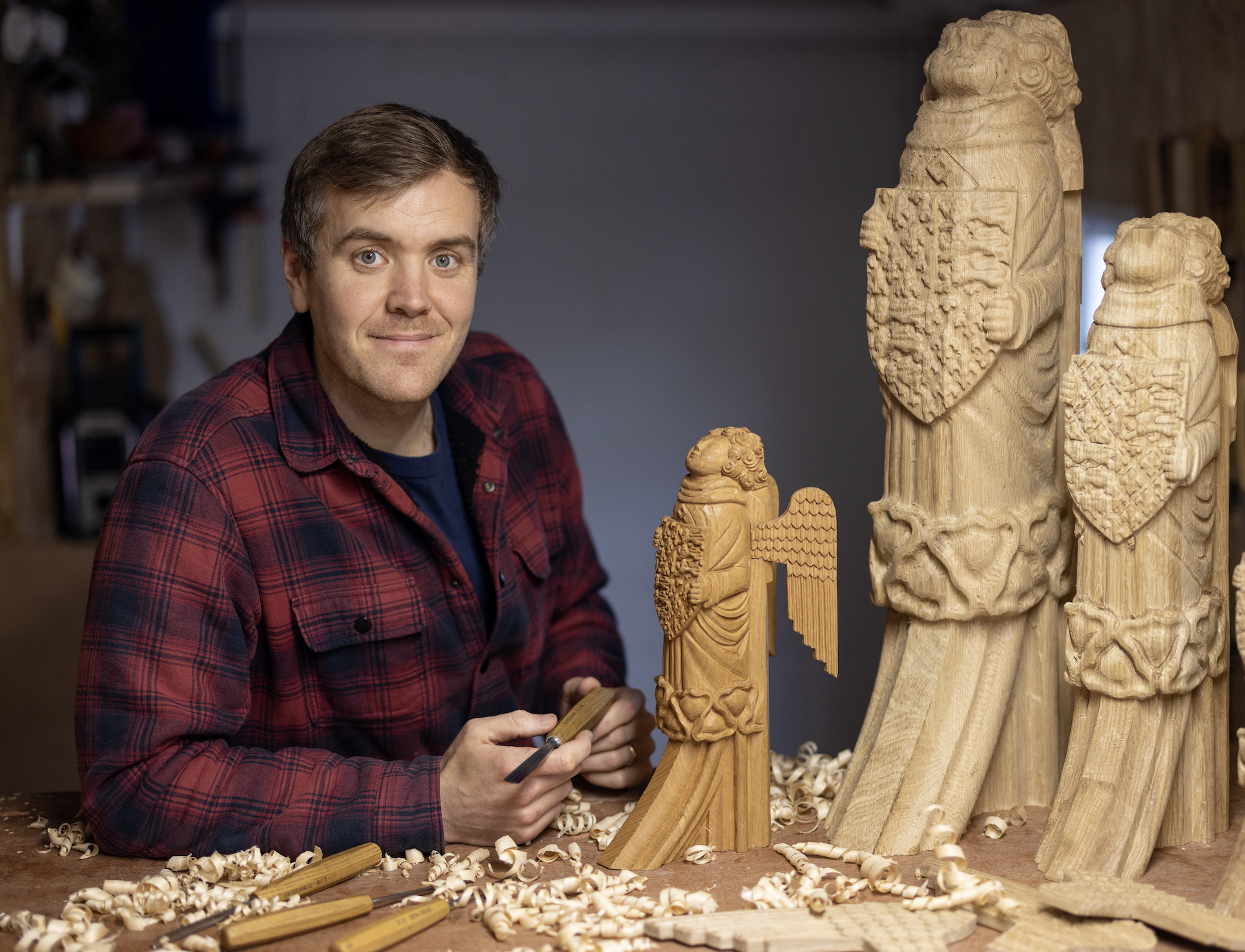 ‘Each one is different depending on what mood I’m in, how I'm feeling and how my energy is’ — meet the carver behind Westminster Hall's angel statues
‘Each one is different depending on what mood I’m in, how I'm feeling and how my energy is’ — meet the carver behind Westminster Hall's angel statuesBespoke woodcarver William Barsley makes unique scale replicas of the angels that gaze over Westminster Hall, the oldest part of the palace of Westminster.
-
 If chess is 'the supreme board game', then it deserves to be played on boards like these
If chess is 'the supreme board game', then it deserves to be played on boards like theseChess sets and backgammon boards are a familiar sight on drawing-room tables, but one expert Highland woodworker is refashioning their forms in beautiful new ways.
-
 A slick looking off-roader that's a far cry from its rustic rural roots — Volvo EX30 Cross Country
A slick looking off-roader that's a far cry from its rustic rural roots — Volvo EX30 Cross CountryThe latest iteration of Volvo's Cross Country is flashy, fast and stylish. But is that what a Volvo Cross Country is supposed to be?
-
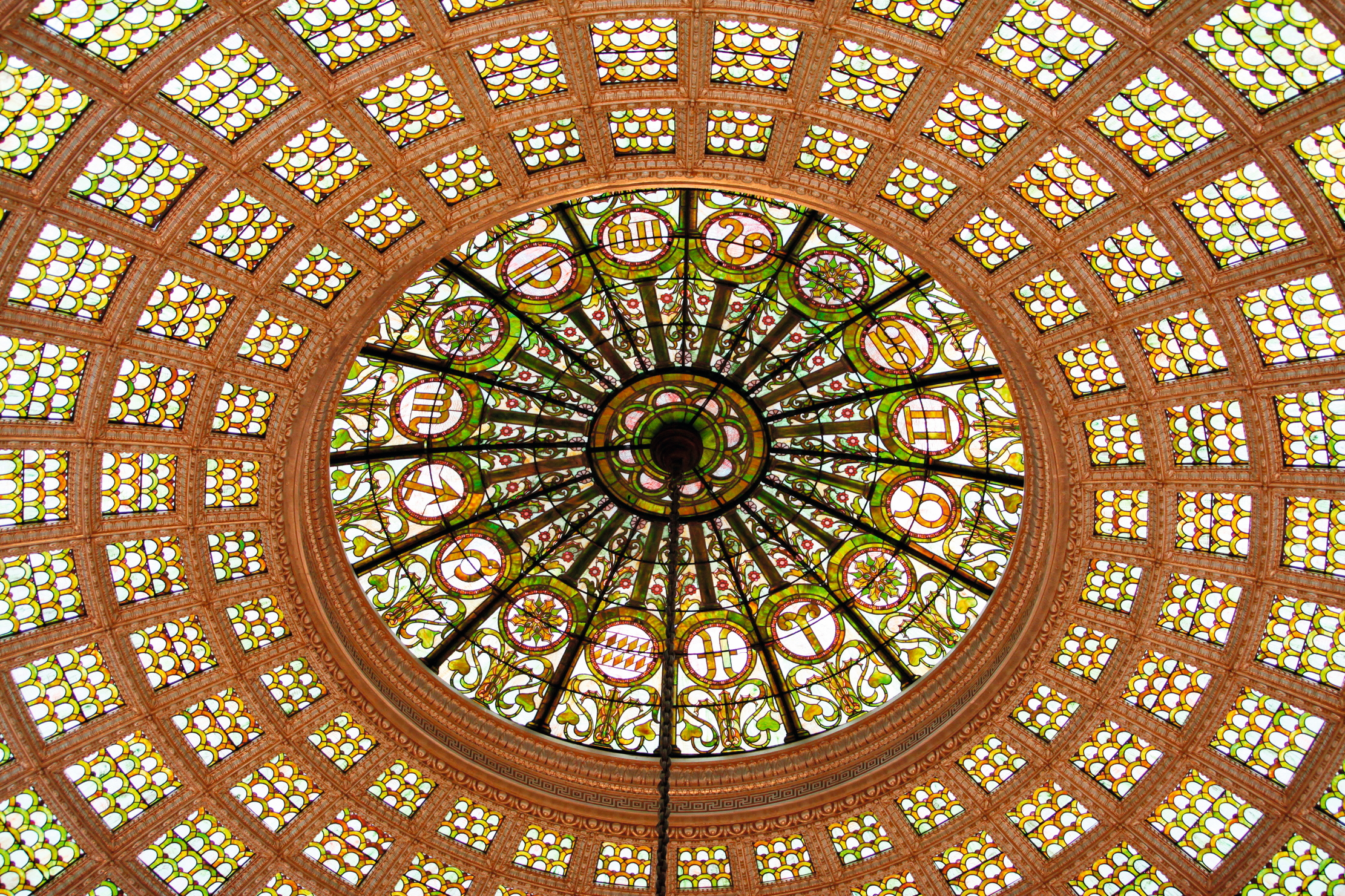 'Gems of enflamed transparencies, of bottomless blues, of congealed opals': Why glass was perfect for the elemental experimentalism of Art Nouveau
'Gems of enflamed transparencies, of bottomless blues, of congealed opals': Why glass was perfect for the elemental experimentalism of Art NouveauArt Nouveau masters such as Louis Comfort Tiffany and Émile Gallé turned the most fragile of materials into iridescent masterpieces that shimmered like seashells or glittered like Byzantine mosaics.
-
 Why you absolutely need an electric Bentley Blower furnished with Russian reindeer leather
Why you absolutely need an electric Bentley Blower furnished with Russian reindeer leatherA collaboration between Hedley Studios and The King's shoemaker George Cleverley has produced something rather remarkable. Jeremy Taylor goes for a drive.
-
 Kilt status: A history of the iconic Scottish skirt, from wartime wrap to punk protest
Kilt status: A history of the iconic Scottish skirt, from wartime wrap to punk protestEverything you need to know about the kilt — apart from what to wear underneath one.
-
 The Glovebox: Return of the Bentley Supersports, the ultimate rural Range Rover and the car collection fit for The King
The Glovebox: Return of the Bentley Supersports, the ultimate rural Range Rover and the car collection fit for The KingA century after it was the first Bentley to top 100mph, the Supersports is back and looking better than ever.